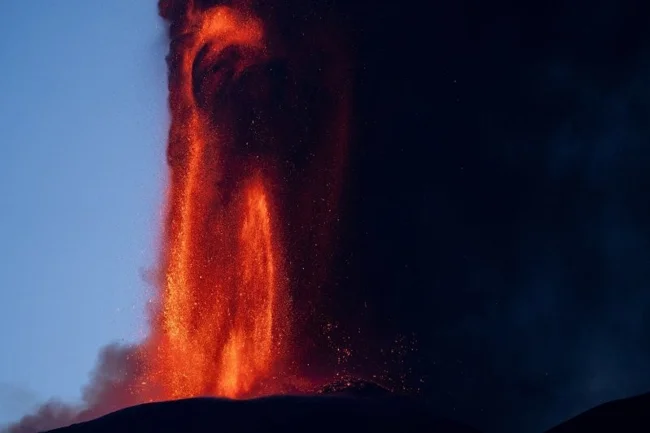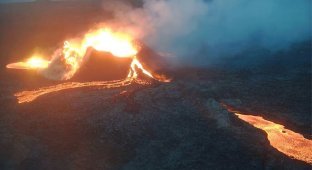Mount Etna Eruption Disrupts Air Traffic in Sicily (6 photos + 1 video)
On August 4, the highest active volcano in Europe woke up again on the east coast of Sicily. The eruption of Etna caused disruptions at Catania International Airport. Clouds of smoke and ash reduced visibility, and the airport management decided to cancel and reroute a number of flights. 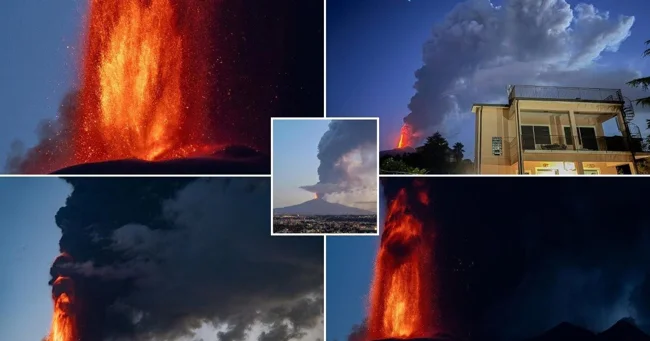
This is the fifth time Mount Etna has erupted this summer. The activity began on June 5, a few days after the National Institute of Geophysics and Volcanology of Italy (INGV) recorded an increase in seismic activity. Experts warned that magma had begun to move toward the surface. 
Lava fountains erupted from the Voragine crater at around 5am local time, with the ash cloud reaching 10km above sea level and gradually dissipating to the east and southeast. 
The eruption has now stopped, but lava continues to flow into craters including Bocca Nuova.
Nearby cities were covered in ash, and flights were cancelled or delayed at Catania airport, some were redirected to other airports on the island, such as Palermo and Comiso.
The number of arriving flights dropped to six per hour. The restrictions were lifted only late in the evening.
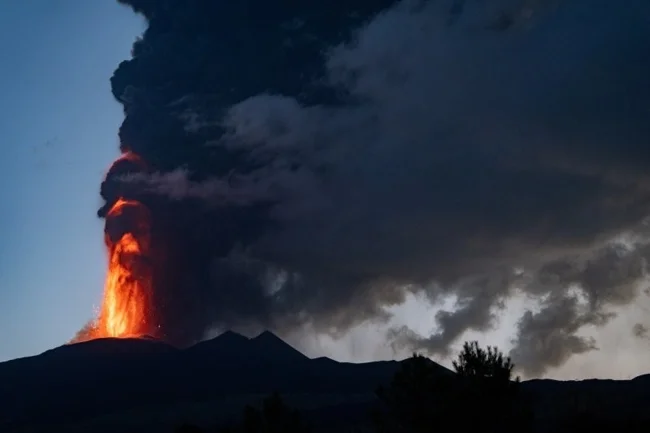
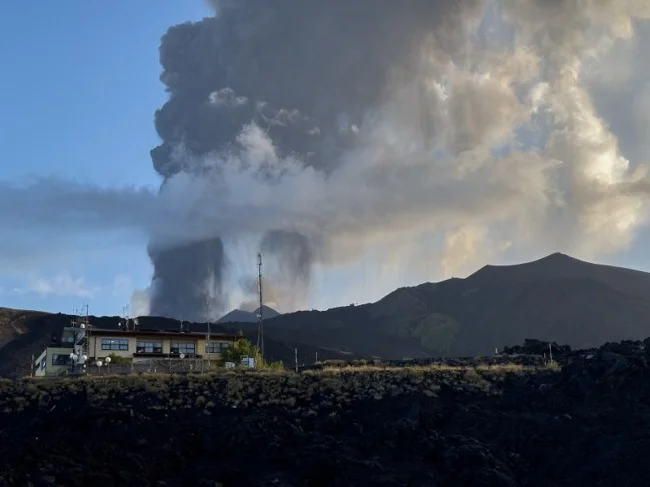
The 3,357 m high Mount Etna has the longest documented history of eruptions. The first case dates back to 425 BC, and the total number of victims is also known - 77 people.
